16 different experiments and technology demonstrations are going to the moon, in the run-up to the Artemis program’s goal to send humans back in 2024.
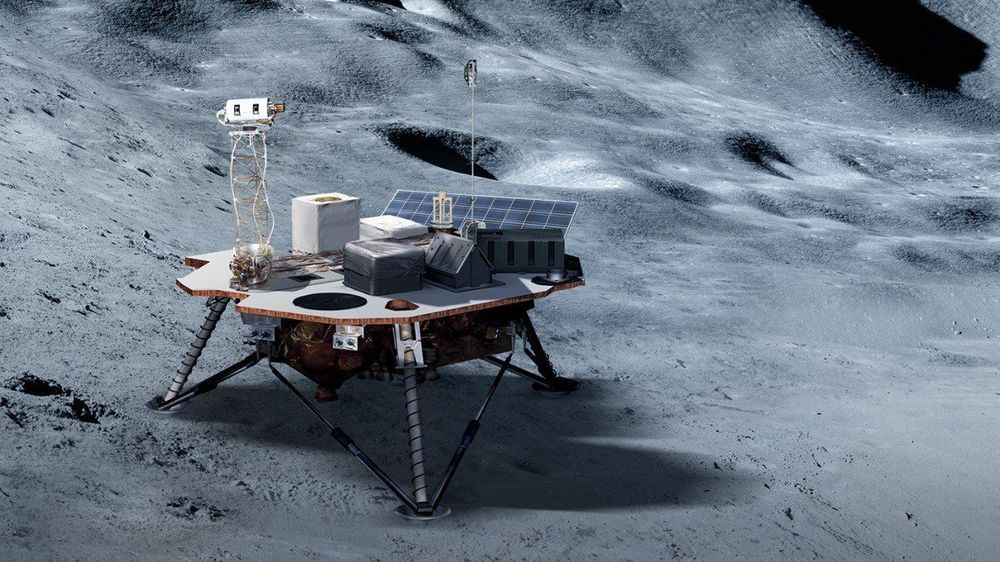

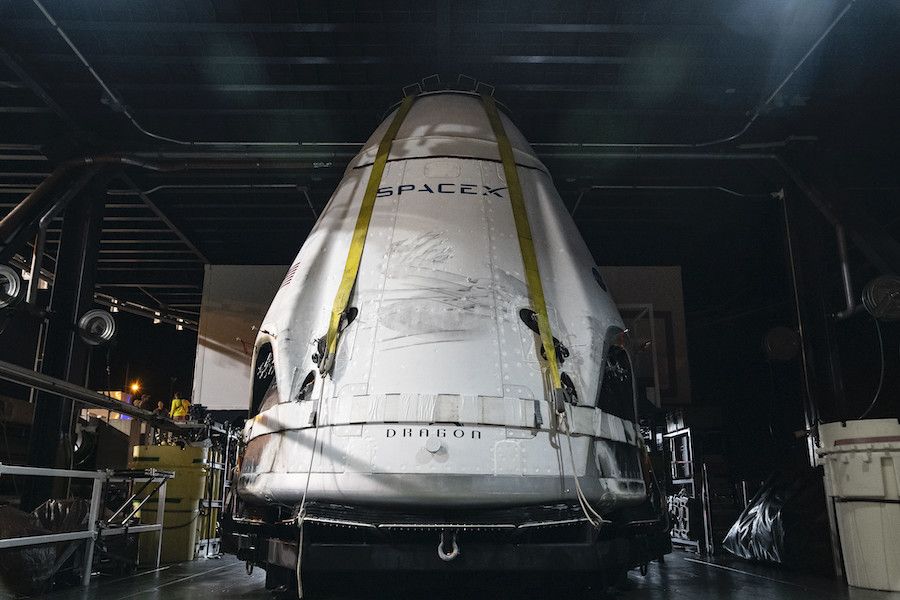
Data from the Jan. 19 in-flight launch escape demonstration of SpaceX’s Crew Dragon spacecraft indicate the performance of the capsule’s SuperDraco abort engines was “flawless” as the thrusters boosted the ship away from the top of a Falcon 9 rocket with a peak acceleration of about 3.3Gs, officials said Thursday.
The Jan. 19 test demonstrated the Crew Dragon’s ability to safely carry astronauts away from a launch emergency, such as a rocket failure, and return the crew to a parachute-assisted splashdown in the Atlantic Ocean.
For its final full-scale test before astronauts ride it into space, the Crew Dragon spacecraft lifted off at 10:30 a.m. EST (1530 GMT) on Jan. 19 from pad 39A at the Kennedy Space Center in Florida. A Falcon 9 rocket carried the capsule aloft — just as it would on a crewed mission — for the first 85 seconds of the mission.
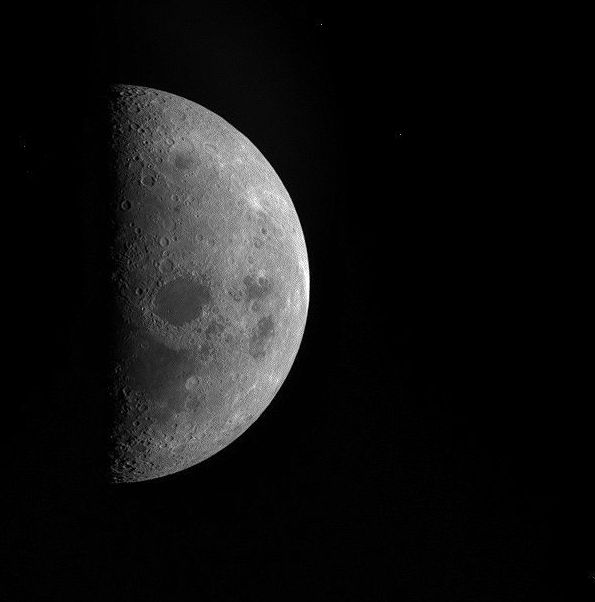
The idea of harvesting a clean and efficient form of energy from the Moon has stimulated science fiction and fact in recent decades. Unlike Earth, which is protected by its magnetic field, the Moon has been bombarded with large quantities of Helium-3 by the solar wind. It is thought that this isotope could provide safer nuclear energy in a fusion reactor, since it is not radioactive and would not produce dangerous waste products.
The Apollo programme’s own geologist, Harrison Schmidt, has repeatedly made the argument for Helium-3 mining, whilst Gerald Kulcinski at the University of Wisconsin-Madison is another leading proponent. He has created a small reactor at the Fusion Technology Institute, but so far it has not been possible to create the helium fusion reaction with a net power output.
This has not stopped the search for Helium-3 from being a motivating factor in space exploration, however. Apart from the traditional space-faring nations, the India has previously indicated its interest in mining the lunar surface. The use of Moon resources was also part of Newt Gingrich’s unsuccessful candidacy for the Republican party’s nomination for the US presidency in 2012.

Essentially beyond this is a higgs boson reactor essentially a universe of power in a jar.
Scientists have longed to create the perfect energy source. Ideally, that source would eventually replace greenhouse gas-spewing fossil fuels, power cars, boats, and planes, and send spacecraft to remote parts of the universe. So far, nuclear fusion energy has seemed like the most likely option to help us reach those goals.
Coming up in the next week: Launches by Soyuz, Falcon 9 and H-2A rockets from spaceports in Russia, Florida and Japan.
See our list of confirmed launch dates for upcoming missions:
A regularly updated listing of planned orbital missions from spaceports around the globe. Dates and times are given in Greenwich Mean Time. “NET” stands for no earlier than. “TBD” means to be determined. Recent updates appear in red type. Please send any corrections, additions or updates by e-mail to: [email protected].
See our Launch Log for a listing of completed space missions since 2004.
Latest changes:
Jan. 22: Adding date and window for Atlas 5/AEHF 6; Adding date for Minotaur 4/NROL-129 Jan. 21: Adding date and time for Soyuz/Meridian M; Adding date and time for Falcon 9/Starlink 3; Adding Electron/NROL-151; Falcon 9/Starlink 4 delayed; Adding Falcon 9/Starlink 5; Adding date and time for Ariane 5/JCSAT 17 & GEO-Kompsat 2B; Falcon 9/Crew Dragon Demo 2 delayed; Adding Long March 5B/Test Flight; Updating configuration for Atlas 5/NROL-101 Jan. 20: Falcon 9/Starlink 3 delayed Jan. 17: Falcon 9/Starlink 3 delayed Jan. 14: Adding date and time for Kuaizhou 1A/GS-SparkSat-03; Adding date and time for Falcon 9/Starlink 3.

On Sunday (Jan. 19), SpaceX’s Crew Dragon launched on a brilliant a high-altitude test of its launch escape system.
SpaceX founder and CEO Elon Musk called the in-flight abort test flight “picture perfect,” and, in looking at the stunning images of the test, he was absolutely right. Following a weather delay, Crew Dragon lifted off at 10:30 a.m. EST (1430 GMT) atop a Falcon 9 rocket from Launch Complex 39A at NASA’s Kennedy Space Center in Florida.
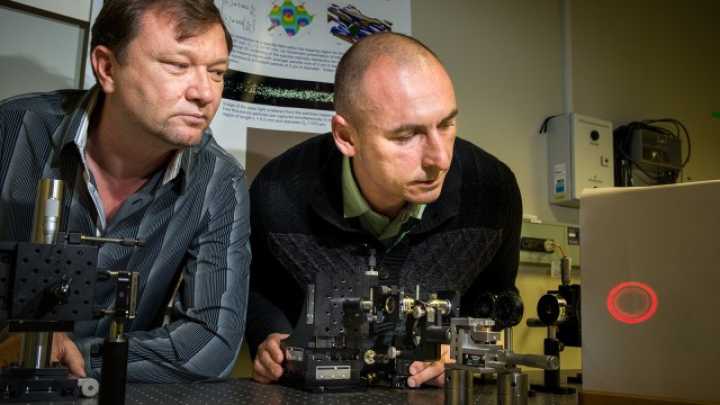
Circa 2015
Spaceships in movies and TV shows routinely use tractor beams to tow other vessels or keep them in place. Physicists have been hard at work trying take this technology from science fiction to reality. Significant process has recently been made by a team who have developed a laser tractor beam able to attract and repel particles about 100 times further than has been previously achieved. The lead author of the paper, published in Nature Photonics, is Vladlen Shvedov at Australian National University in Canberra.
Other recent tractor beams have used acoustics or water, but this one uses a single laser beam to control tiny particles about 0.2 millimeters in diameter. The tractor beam was able to manipulate the particles from a distance of 20 centimeters, shattering previous records. Despite this incredible distance, the researchers claim it is still on the short end of what is possible for this tractor beam technique.
“Because lasers retain their beam quality for such long distances, this could work over meters. Our lab just was not big enough to show it,” Shvedov said in a press release.
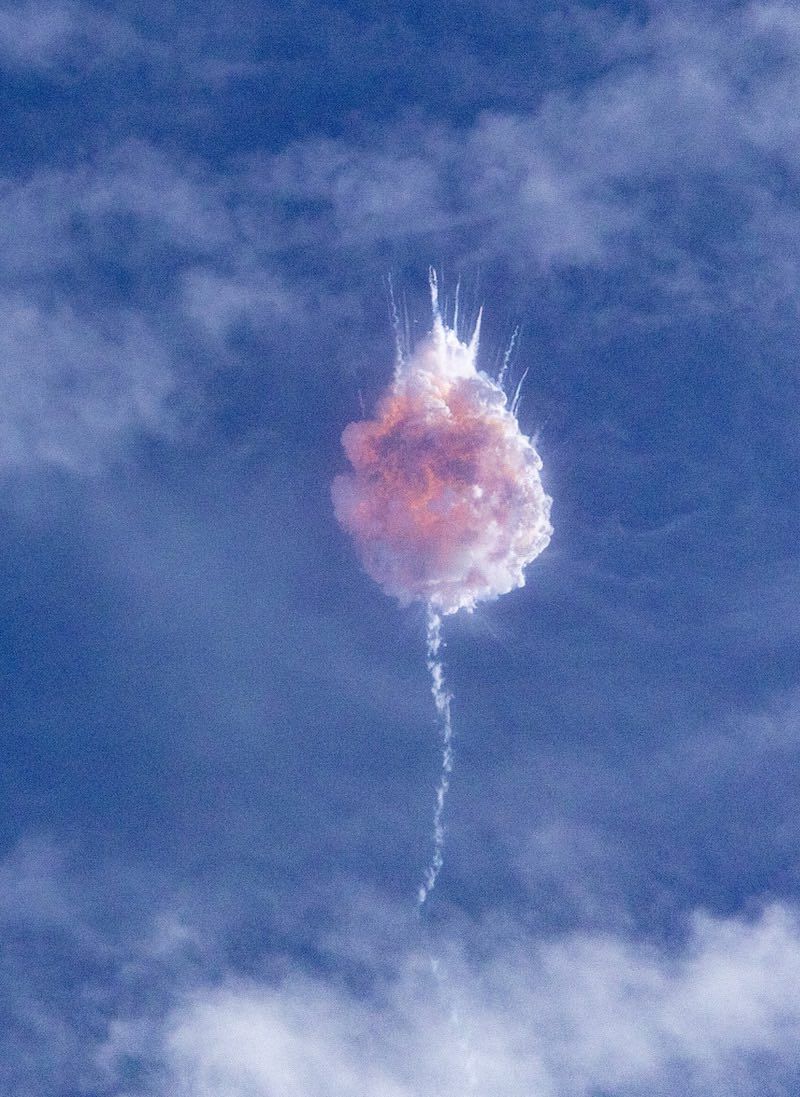
SpaceX simulated an in-flight emergency Sunday to verify the company’s Crew Dragon spacecraft has the capability to catapult itself away from a failing Falcon 9 rocket.
The in-flight abort test demonstrated the human-rated capsule can safely and rapidly fly away from a Falcon 9 rocket experiencing a failure.
As intended, the Falcon 9’s engines prematurely shut down around 84 seconds after liftoff Sunday from the Kennedy Space Center. The automated Crew Dragon capsule fired its own thrusters to escape the rocket before it disintegrated in an orange fireball high over Florida’s Space Coast.

SpaceX simulated an in-flight emergency Sunday to verify the company’s Crew Dragon spacecraft has the capability to catapult itself away from a failing Falcon 9 rocket.
Check out more spectacular photos of as a fireball engulfed the Falcon 9 — as expected — and the unpiloted Crew Dragon fired thrusters escape the launch vehicle (📷: Katie Darby & Spaceflight Now):

SpaceX completed its last major test before flying astronauts to space on Sunday, in a critical high-speed mission that lasted mere minutes.
Launched on top of a Falcon 9 rocket from NASA’s Kennedy Space Center, the company conducted a test of its Crew Dragon capsule called in-flight abort.
“Overall, as far as I can tell thus far, this was a picture perfect mission,” SpaceX CEO Elon Musk said in a press conference after the test. “I’m super fired up; this is great.”